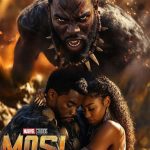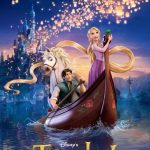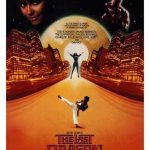Godzilla: King of the Monsters 2019
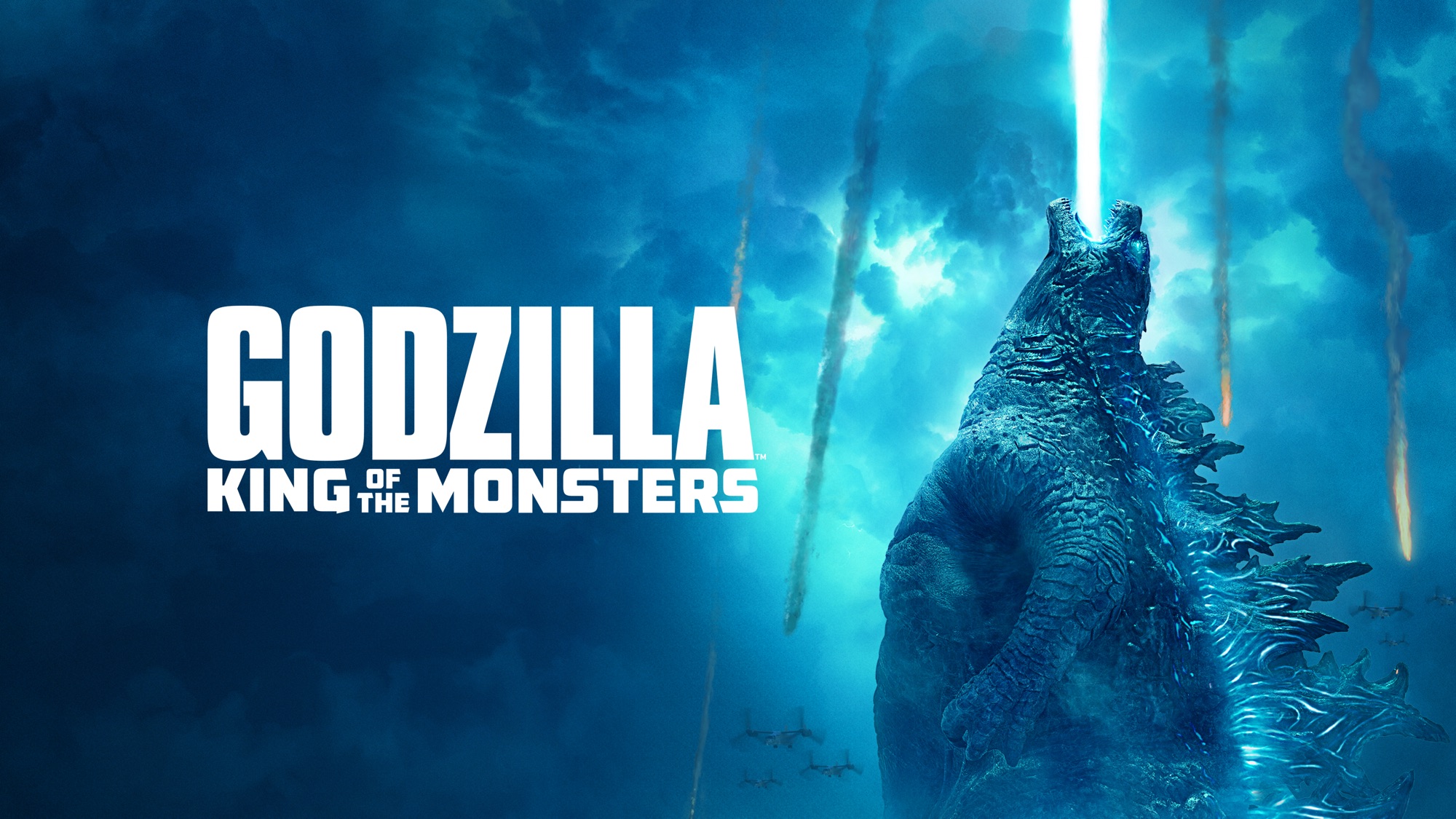
Review: Godzilla: King of the Monsters (2019) 🦖
Introduction
Godzilla: King of the Monsters (2019), directed by Michael Dougherty, is the highly anticipated sequel to Godzilla (2014) and part of Legendary’s MonsterVerse. This blockbuster film brings together a stunning array of iconic kaiju—monstrous creatures from Japanese cinema—focusing on Godzilla’s battle for dominance against other ancient Titans, including Mothra, Rodan, and the terrifying three-headed King Ghidorah. In a world where these creatures are awakening, humanity finds itself caught between the rise of the Titans and the looming destruction that follows. King of the Monsters is a visual spectacle packed with breathtaking monster battles, but does it manage to deliver a compelling human story alongside the chaos?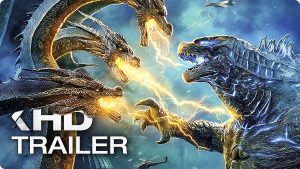
Plot and Performances
The plot of Godzilla: King of the Monsters is relatively simple yet effective: after the events of the previous film, the world is facing increasing environmental and geological disruptions caused by the reemergence of massive, ancient Titans. The story primarily follows the Russell family—driven by their past loss and the dangerous potential of these creatures—who become key players in the unfolding global crisis. Dr. Emma Russell (Vera Farmiga), a scientist working for the Monarch organization, has developed a device capable of controlling the Titans. When it’s stolen, her estranged ex-husband Mark (Kyle Chandler) teams up with the Monarch team to track down the device and prevent chaos from unfolding.
While the human story is overshadowed by the massive action sequences, the performances do their best to ground the film. Vera Farmiga and Kyle Chandler deliver solid, emotionally charged portrayals of parents caught in the midst of a global catastrophe. However, the human characters often feel secondary to the towering kaiju battles, with the emotional stakes being somewhat diluted by the larger-than-life monsters wreaking havoc.
Supporting characters, including Millie Bobby Brown as Madison Russell, Emma and Mark’s teenage daughter, add energy to the human side of the story, though her character, like the others, is often relegated to reacting to the action rather than driving the narrative. The movie’s human drama occasionally feels thin in comparison to the grandeur of the Titans themselves.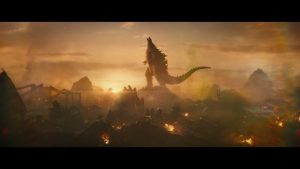
Visuals and Special Effects
Where Godzilla: King of the Monsters truly shines is in its visuals. The film offers some of the most epic and visually striking monster battles ever seen on screen. The designs of the Titans are spectacular, particularly King Ghidorah, who is a terrifying, three-headed dragon whose size and ferocity dominate the screen. The special effects team, led by the groundbreaking visual effects studio MPC, does an outstanding job in bringing these ancient creatures to life with incredible detail.
The cinematography, while sometimes criticized for making the monster fights hard to follow (due to the dark, stormy lighting), has moments of jaw-dropping spectacle. The battles—whether it’s Godzilla fighting Ghidorah or the massive throwdowns between the other Titans—are massive in scale and filled with a sense of awe and destruction. The visuals also create a dramatic sense of scale, with cities, landscapes, and oceans reduced to mere backdrops for the larger-than-life creatures.
The film also features some beautiful moments of grandeur, especially in scenes where the Titans’ unique powers are showcased. Mothra’s ethereal beauty contrasts sharply with Ghidorah’s monstrous power, creating a visual balance that adds to the film’s larger-than-life sense of scale.
Soundtrack and Sound Design
The soundtrack, composed by Bear McCreary, complements the action with sweeping, epic scores that enhance the grandeur of the Titan battles. McCreary’s work here is grandiose and emotional, providing a fitting musical backdrop to the chaos and destruction.
The sound design, however, deserves special mention. The roars of the monsters, especially Godzilla and Ghidorah, are bone-shakingly loud and designed to echo through the viewer’s chest. These iconic roars, combined with the booming explosions and destructive sound effects, create an immersive experience that allows audiences to feel like they’re in the middle of the chaos.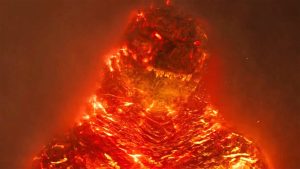
Themes and Emotional Impact
Godzilla: King of the Monsters explores themes of humanity’s role in the world, the consequences of environmental destruction, and the overwhelming power of nature. The movie presents the Titans as ancient forces beyond human control, with Godzilla acting as a defender of the planet, balancing out the destructive force of King Ghidorah. While the film doesn’t delve deeply into philosophical exploration, there’s a clear message about the fragility of human civilization in the face of nature’s raw, primal power.
The emotional stakes, while heightened by the Russell family’s personal connection to the Titans, are ultimately secondary to the monster battles. The film’s biggest emotional payoff comes during the final showdown, where Godzilla’s rise to power as King of the Monsters is both thrilling and cathartic.
Conclusion
Godzilla: King of the Monsters is a love letter to kaiju fans and a visual spectacle that delivers epic, awe-inspiring battles between some of the most famous monsters in cinema history. While the human side of the story is often sidelined by the sheer scale of the monsters, the film succeeds in its primary goal—showcasing monstrous destruction on an unparalleled scale. The visuals are stunning, the battles are intense, and the sound design is immersive. The film may not offer much in terms of character depth or narrative complexity, but as a monster movie, it delivers exactly what audiences expect: thrilling, high-stakes action and a visual feast that’ll leave you in awe.
If you’re a fan of epic monster battles, Godzilla: King of the Monsters is an absolute must-watch.

